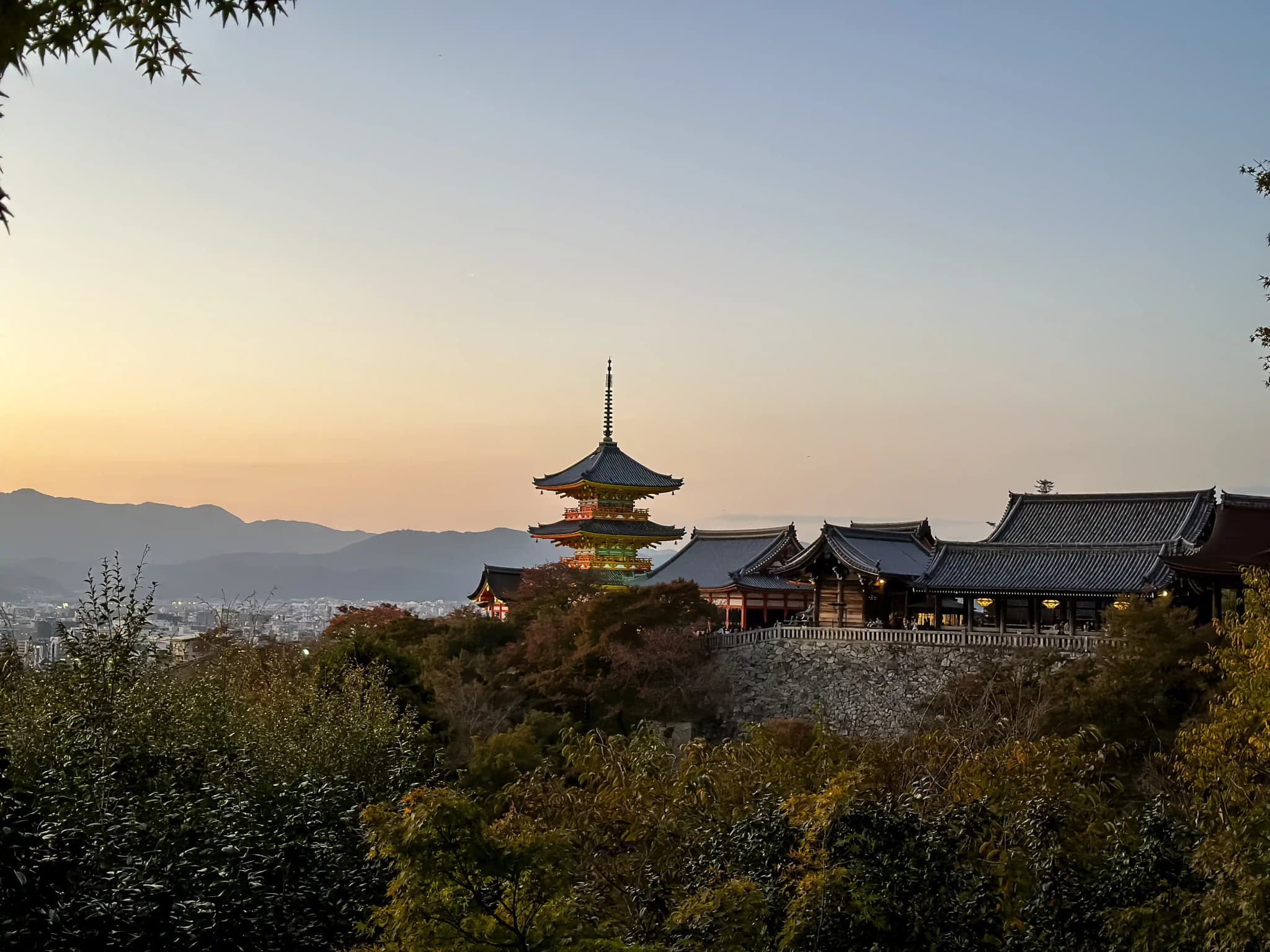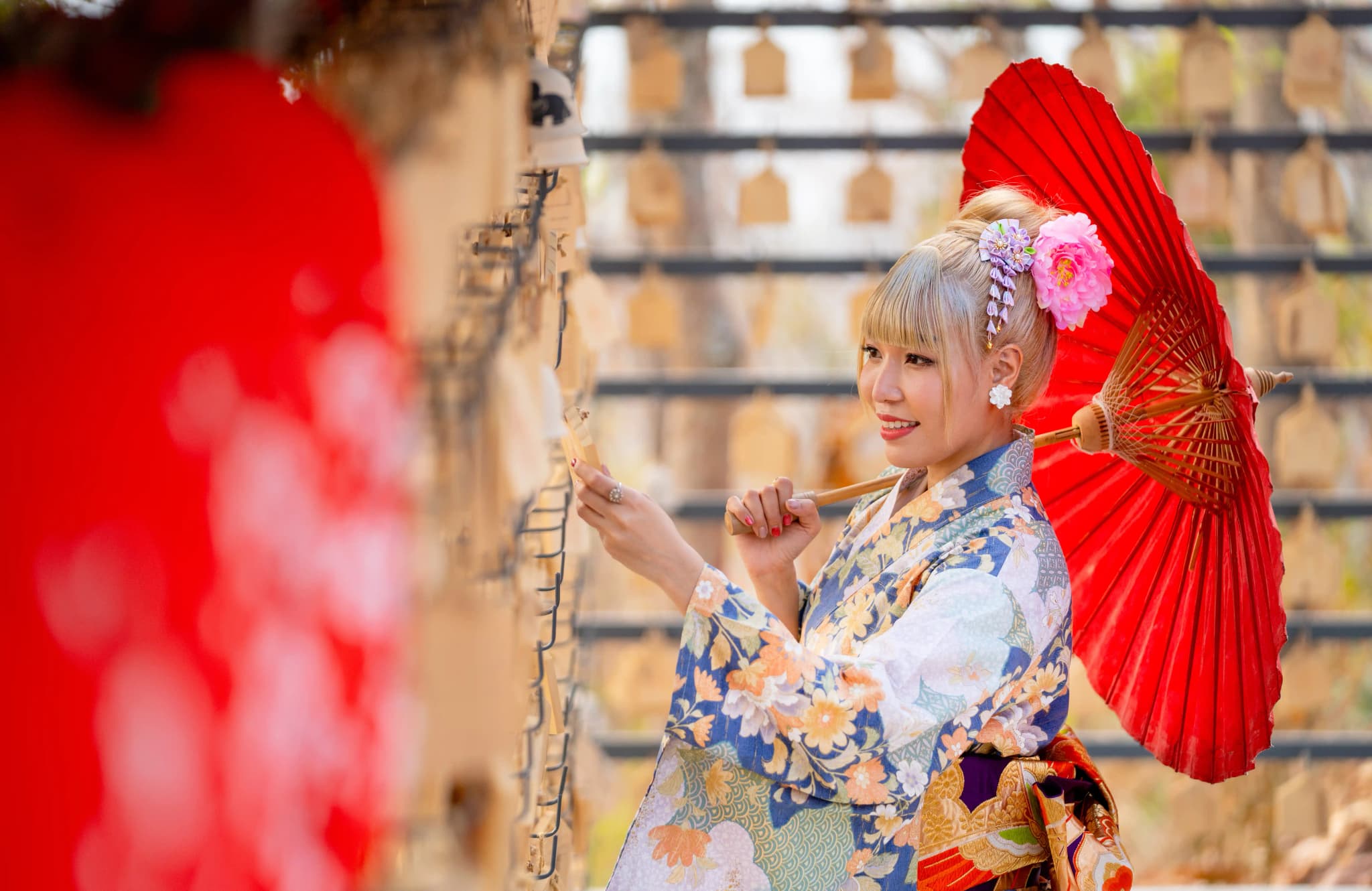
Explore 4 Unique Cultural Experiences in Yamagata, Tohoku Region
Tucked away in Japan’s Tohoku region, Yamagata Prefecture offers a treasure trove of cultural experiences that blend history, craftsmanship, spirituality, and vibrant nightlife. From centuries-old artisanal techniques to mountain temples steeped in legend, every corner of Yamagata invites visitors to immerse themselves in authentic Japanese traditions.
Let’s travel to Yagamata Prefecture and discover the top 4 unique cultural experiences in this place. Each of these tells a story of heritage, innovation, and community, making Yamagata a destination unlike any other.
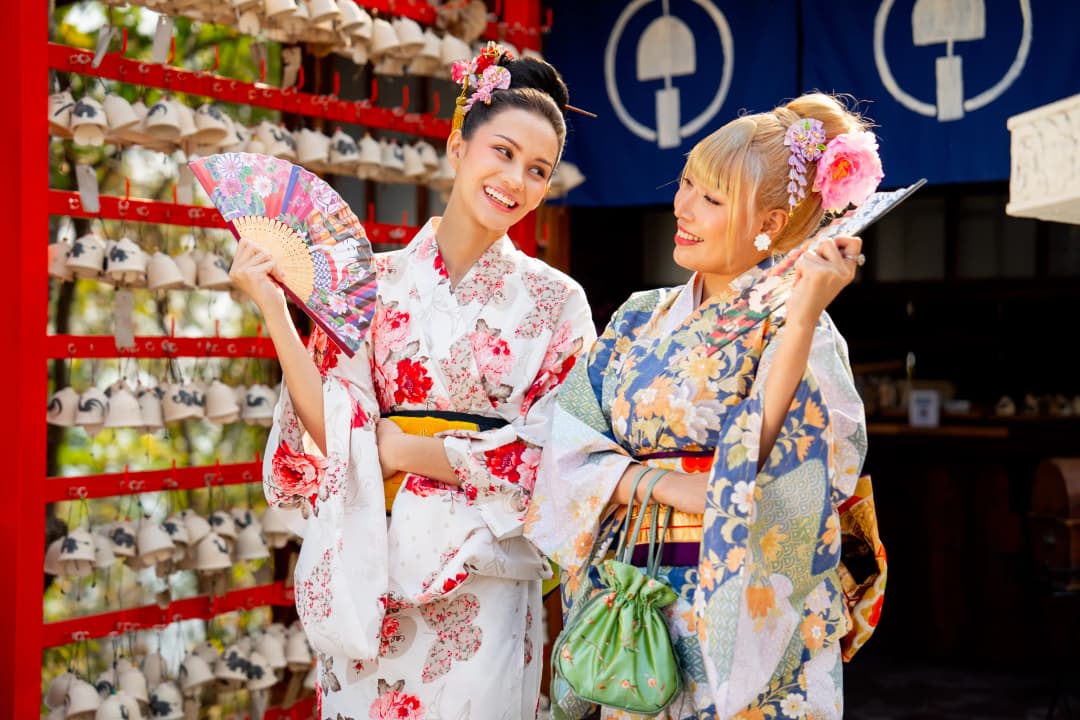
4 Unique Cultural Experiences in Yamagata Prefecture
Mogami Safflower (Benibana)
The Mogami safflower (Benibana), renowned for its exceptional quality, dominates Japan’s domestic production. For over 500 years, its stunning red pigment has captivated artisans and traders alike. Flowing through this region, the Mogami River played a crucial role in transporting this valuable commodity, further cementing Yamagata as a hub for textile and cosmetic craftsmanship.
A Rare and Luxurious Hue
Extracting safflower red is no easy feat—only 1% of each petal yields the prized pigment. Historically, this made safflower dye as valuable as gold, a sentiment reflected in the saying, "Safflower dye is worth its weight in gold."
A Timeless Symbol of Beauty and Tradition
This natural dye has long been used in luxury fabrics and organic lip stains, with its shade varying depending on how it dissolves in water. Today, safflower-dyed textiles and cosmetics remain highly sought after, embodying both elegance and sustainability.

Yamagata Imono
Yamagata Prefecture is home to a centuries-old metalworking tradition known as Yamagata Imono (Yamagata cast metal). Renowned for its "thin-walled beauty," this delicate yet durable craft stands out with its sleek lacquered finish and remarkably lightweight design—a rare quality among cast metal products.
A Legacy Forged in Innovation
Yamagata's rise as a casting hub stems from its natural resources and historical ingenuity. The region's abundant river sand provided the ideal material for mold-making, while the scarcity of iron led artisans to develop a minimalist, slim-body design that maximized efficiency without sacrificing strength.
A Timeless Addition to Modern Living
With its refined aesthetics and simplicity, Yamagata cast metal seamlessly blends into contemporary kitchens. Over time, its patina deepens, reflecting the lifestyle of its owner—transforming from a mere kitchen tool into a living cultural artifact. More than just cookware, it’s a piece of history you can hold in your hands.

Risshakuji Temple (Yamadera)
Perched on a mountainside, Risshakuji Temple, commonly known as Yamadera ("Mountain Temple"), offers a spiritual retreat like no other. To reach its sacred halls, visitors must ascend over a thousand stone steps, a journey believed to purify the mind and soul. With each step, worldly distractions fade, replaced by the temple’s tranquil atmosphere and breathtaking panoramic views.
A Place of Poetic Inspiration
The temple’s mystical charm captivated the famous haiku master Matsuo Bashō during his travels in the Edo period. His renowned verse, "The silence that the voice of cicadas seeps into the rock," perfectly captures Yamadera’s profound contrast between sound and stillness, where nature and spirituality merge. Along the path, you’ll find historical markers, including statues of Bashō and his disciple Sora, honoring their poetic legacy.
A Spiritual and Agricultural Legacy
Beyond its role as a Buddhist sanctuary, Risshakuji played a crucial part in Yamagata’s safflower industry, supporting agriculture and trade. Today, it remains a symbol of inner reflection and cultural heritage, drawing visitors seeking both peace and perspective.

Bar-Hopping in Yamagata
Japan’s nightlife offers many experiences, but bar-hopping through "Snacks" is one of the most authentic ways to connect with locals. Despite the name, a Snack is not just about food—it’s a cozy, laid-back bar where guests enjoy drinks, light meals, and warm conversations. These establishments are run by Mama-san, the female proprietors who create a friendly, home-like atmosphere.
More Than Just a Bar
What sets Snacks apart is their emphasis on personal connections. Guests chat with Mama-san, the female staff, and other patrons, fostering a sense of community. The casual setting, often enhanced by karaoke, makes it feel more like a fun night with friends than a formal drinking spot.
Neon-Lit Tapestry of Local Culture
As you wander through Yamagata’s nightlife, you’ll see vibrant neon signs marking each Snack, inviting you to explore different atmospheres. Each venue offers a unique experience, making bar-hopping an exciting way to meet new people and hear fascinating stories.
Preserving Tradition Through Nightlife
Beyond entertainment, Snack culture has long played a vital role in Japan. It has provided economic opportunities for women, fostered community bonds, and welcomed travelers into local circles. Even today, these bars help preserve regional food culture and social traditions, making them an essential part of Japan’s nightlife.

Articles for you
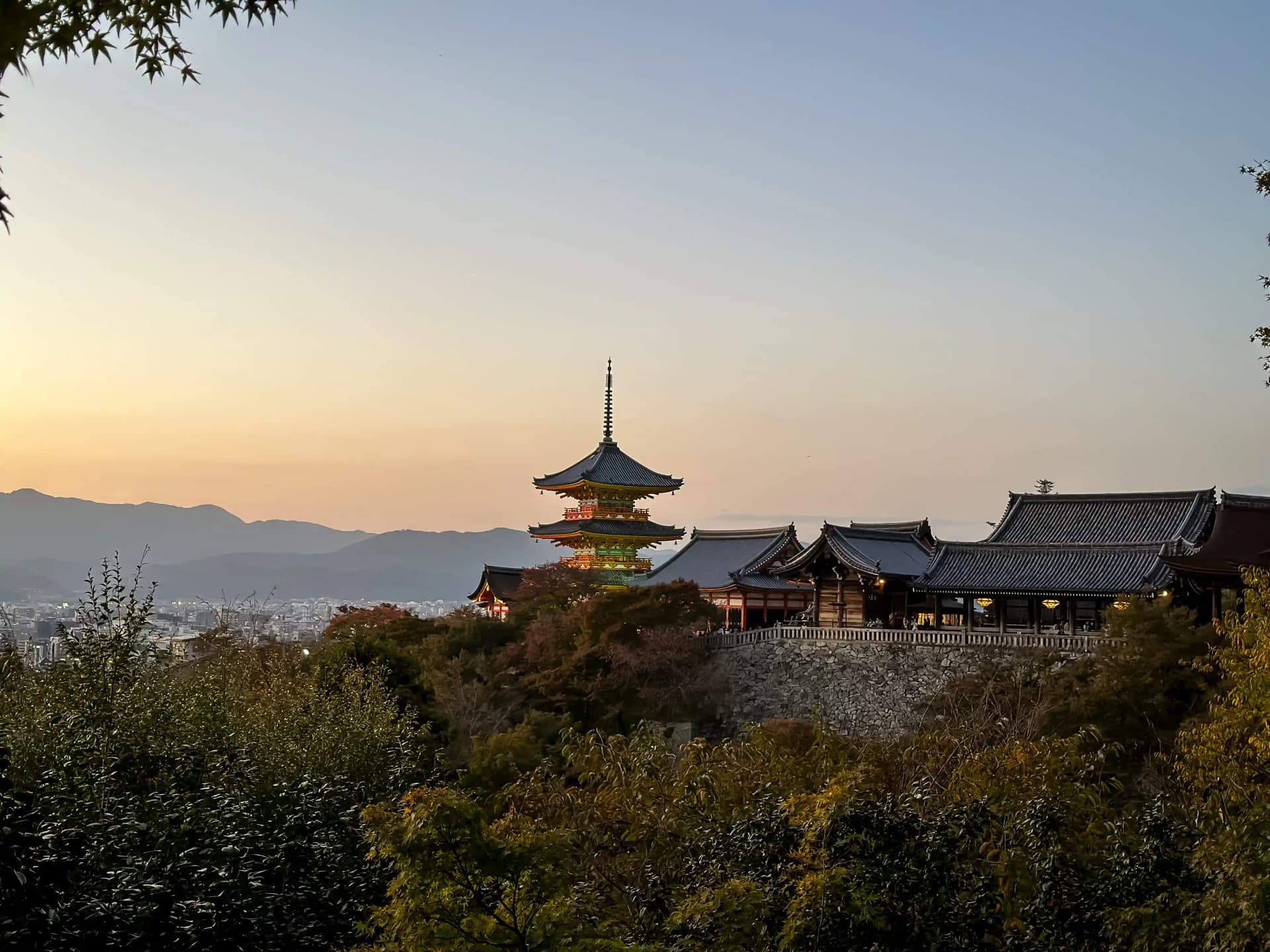
Discover The Top 4 Hidden Gem Temples in Kyoto
When travelers think of Kyoto, iconic temples like Kinkaku-ji (Golden Pavilion) and Fushimi Inari Taisha often come to mind. But beyond these famous landmarks lies a world of hidden sanctuaries, where history, nature, and Zen philosophy blend seamlessly. These lesser-known temples offer peaceful retreats away from the tourist crowds, each with its own unique charm, architectural wonders, and seasonal beauty.
From the mesmerizing Karesansui rock gardens of Komyo-in to the bamboo-surrounded serenity of Jizo-in, these temples provide a glimpse into Kyoto’s authentic spiritual heritage. Whether you're drawn to vibrant autumn foliage, historical treasures, or the quiet elegance of traditional Japanese gardens, this guide will take you on a journey to six of Kyoto’s most breathtaking hidden gem temples.

Explore The Traditional Japanese Tea Ceremony
The Japanese Tea Ceremony (茶道, Sadō or Chado) is an art form, a philosophy, and a path to mindfulness. Rooted in Zen Buddhism, this ritual embodies four key principles: harmony (和, wa), respect (敬, kei), purity (清, sei), and tranquility (寂, jaku). Every movement, from preparing the matcha to presenting the tea bowl, carries deep meaning. This centuries-old practice is not about rushing but about slowing down. It teaches us to appreciate the moment, the surroundings, and the people we share it with. Whether performed in a traditional tea room or a modern setting, the ceremony fosters a sense of connection to nature, to others, and to oneself.
Join us as we explore the origins, evolution, and cultural significance of this revered Japanese tradition.
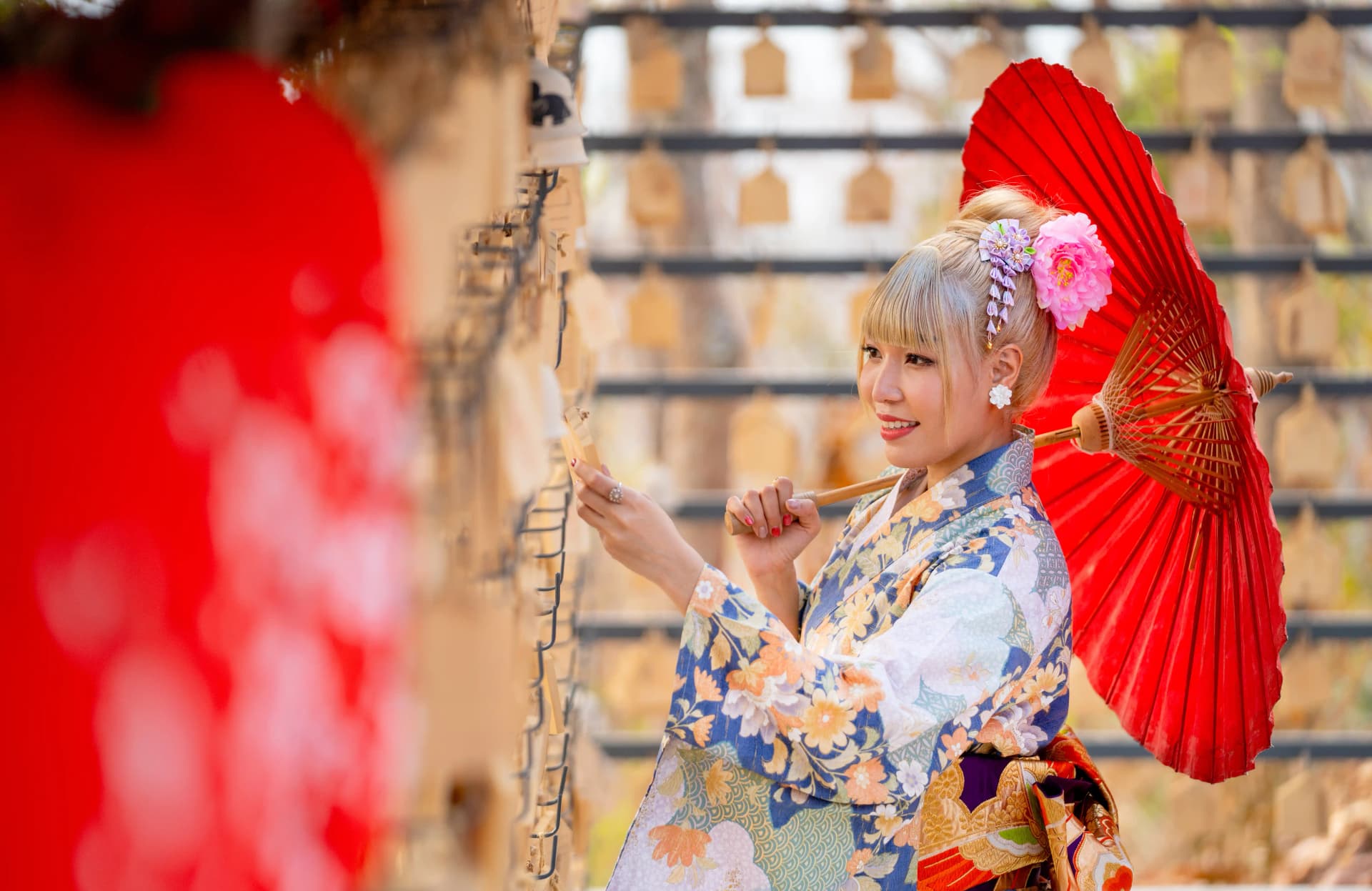
6 Unique Festivals In Japan First-Time Travelers Should Not Miss
Japan is one of the most interesting tourist destinations around the world where cutting-edge technology intertwines with ancient traditions. Its traditions are brought to life through vibrant festivals (matsuri) and cultural local celebrations. From the thrilling clashes of danjiri floats to the graceful rituals of rice planting, each festival tells a unique story, offering visitors chances to witness and even participate in centuries-old customs.
Be mesmerized by the beauty of illuminated celebrations and sacred connection to Japan’s ancient roots with these top 6 unique festivals first-time travelers should not miss.

Off-Season Travel in Japan: 4 Must-Visit Destinations
Japan is a country of ever-changing landscapes, rich traditions, and stunning natural beauty and most travelers only experience it during cherry blossom season or peak winter months. What if you could uncover a different side of Japan, one that offers fewer crowds, better prices, and equally breathtaking experiences?
Explore Japan off-season and discover hidden gems, vibrant local festivals, and landscapes transformed by the seasons. Pack your back and travel through four must-visit regions in Japan and the best experiences to enjoy when the crowds have thinned.

